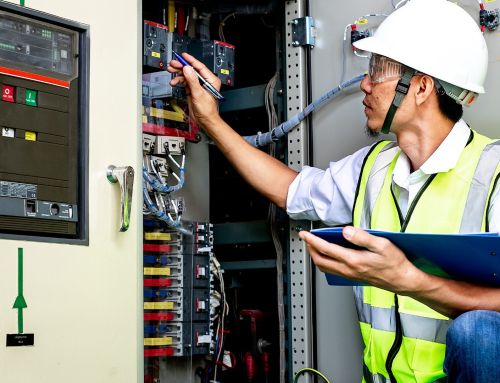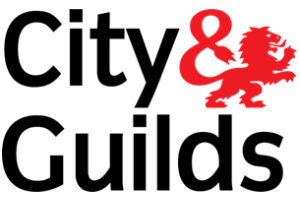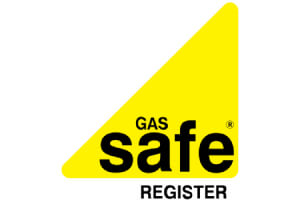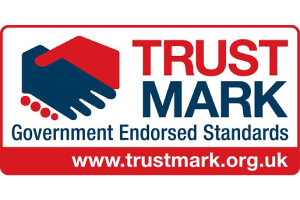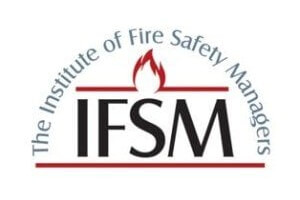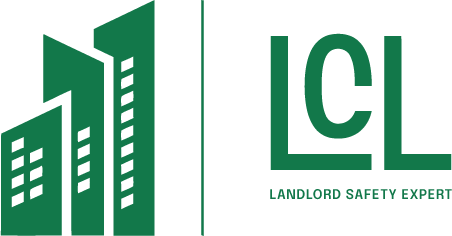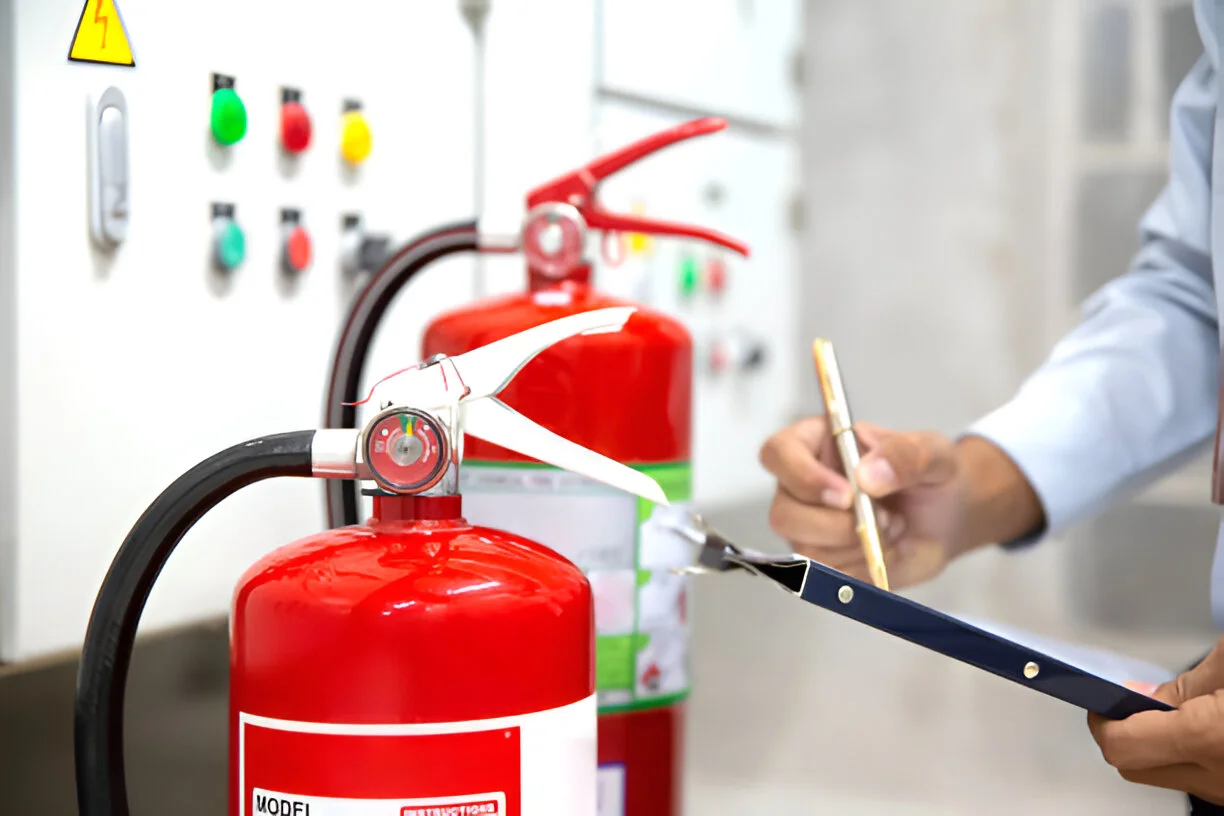
Understanding the importance of a fire certificate establishes the base of safe property management. Essential clarity comes from learning how regulated fire safety standards protect occupants in homes and commercial buildings. National fire data shows thousands of preventable incidents each year, often caused by ignored precautions or outdated appliances. Properties with a certificate report fewer issues because verified safety measures reduce hidden risk. Structured assessments explain how fire risks behave in real environments and provide practical insight. Simple adjustments, such as maintaining alarms or improving exits, improve overall safety. Strong awareness develops as early detection systems increase survival rates significantly. Well-maintained systems support smooth evacuation during emergencies. A valid fire certificate UK requirement, ensures the building meets essential national standards. Checking how the property aligns with regulations may highlight areas needing corrective actions to achieve compliance. Long-term protection is maintained through proper documentation, supporting audits, and inspections. Factual knowledge guides responsible ownership and strengthens decision-making across property management processes.
Key Takeaways
- Protection is gained through a valid certificate
- Legal compliance and regulatory compliance are supported
- Visible safety actions help tenants feel more confident
- Risks are reduced by the early identification of risk
- Appliance reliability is maintained with regular inspections
- Property value increases through verified safety compliance
- Clear records help everyone understand what’s going on
- Community safety is supported by lowering fire risks
- Audits and inspections are simplified with organized records
- Responsible ownership is improved through ongoing attention
How a Fire Home Safety Visit Improves Safety
Clarity on potential risk emerges during a home fire safety visit. Critical areas of a property are assessed, and small actions prevent serious issues. Fire-resistant doors, correctly installed alarms, and unobstructed evacuation routes reduce risks. Guidance from experts highlights common oversights, such as blocked escape paths or faulty smoke detectors. Each property presents unique challenges depending on layout, age, and occupancy, which a fire home safety visit addresses effectively. Studies show homes with regular safety visits report fewer emergencies and lower property damage. Confidence in compliance increases as every visit documents actions and supports future inspections. Tenant trust strengthens when visible safety measures demonstrate responsible property management. Early assessment reduces the likelihood of serious damage, and a certificate reflects these verified safety measures. Compliance with a fire certificate visit ensures national safety standards are consistently met.
How a Fire Certificate Protects Property
A fire certificate demonstrates that a property meets necessary safety standards. Tenant trust grows when visible safety measures reflect professional responsibility. Documented precautions increase confidence in property management. Certified systems fail less often, preventing avoidable emergencies and protecting investments. Fire-resistant structures, maintained alarms, and clear exits reduce long-term damage. Tenant expectations increasingly focus on structured safety measures, which are met by maintaining accurate certificate documentation. Research indicates that consistent inspection schedules significantly reduce fire-related emergencies. Early checks prevent faults from rising and support smoother communication with authorities. Compliance is improved through a certificate UK, providing evidence that the property requirements are met. Certified properties enhance community safety by reducing risks in shared buildings. Expectable inspections reduce management stress and strengthen competitive positioning. A certificate encourages tenants and demonstrates responsible property oversight.
When Should Landlords Request a Fire Home Safety Visit
Scheduling a fire home safety visit at key stages of a property’s lifecycle enhances protection. Records provide clarity for all parties when new tenants move in. Structural changes should be immediately addressed to ensure fire safety measures remain effective. Early inspections prevent minor faults from developing into emergencies. Properties with routine fire home safety reports fewer incidents and lower damage levels. Tenant confidence increases when visible safety measures are present. Minor adjustments, such as repositioning alarms or clearing escape routes, enhance overall safety. A fire certificate is the practical outcome of these visits. Adhering to a certificate requirement confirms that properties meet national safety standards. Properly scheduled inspections protect investments and tenant welfare while improving a culture of compliance.
How Fire Certificates Support Legal Compliance
A fire certificate is essential for legal compliance. Accurate documentation verifies that alarms, extinguishers, and exits meet national standards. Absence of certification complicates disputes or insurance claims, while certified records provide legal protection. Scheduled inspections identify non-compliance before serious issues occur. Checked documents build tenant trust and responsible management of property ownership. Local councils frequently request fire certificates for rented properties, highlighting adherence importance. Updated records facilitate rapid submission during inspections and audits. Repeat evaluations reveal trends in appliance performance and indicate necessary maintenance. A certificate proves you follow national safety standards and lowers the chance of legal action. Certified properties experience fewer emergencies and benefit from long-term safety improvements.
How Fire Risk Assessments Improve Long-Term Safety
Fire risk tests serve as a fundamental device for preserving long-term safety throughout all property types. Each evaluation examines capacity risks, evaluates the effectiveness of current safety measures, and identifies weaknesses that require spark off correction. Regular assessment guarantees that alarms, doors, extinguishers, and escape routes operate as intended at some point of emergencies. National fire facts suggest that building properties with organized safety checks have far fewer fire-related problems. Practical pointers from skilled experts spotlight problems that might not be visible during recurring tests, together with obstructed exits, old wiring, or useless evacuation plans. Correcting these weaknesses strengthens the protection framework of the entire construction. A fire certificate acts as a formal confirmation that critical measures meet known standards, at the same time as additional help from a fire safety expert enhances ordinary protection in residential environments. Compliance with a UK fire certificate requirement demonstrates responsible asset management and builds self-assurance amongst occupants, traffic, and regulatory authorities. Consistent assessments reduce legal risks, assist coverage claims, and keep a dependable protection document. Clear documentation reinforces responsibility and guarantees that protection upgrades stay traceable through the years. A strong assessment habit creates a safer environment, lowers long-term risks, and preserves the structural integrity of the assets.
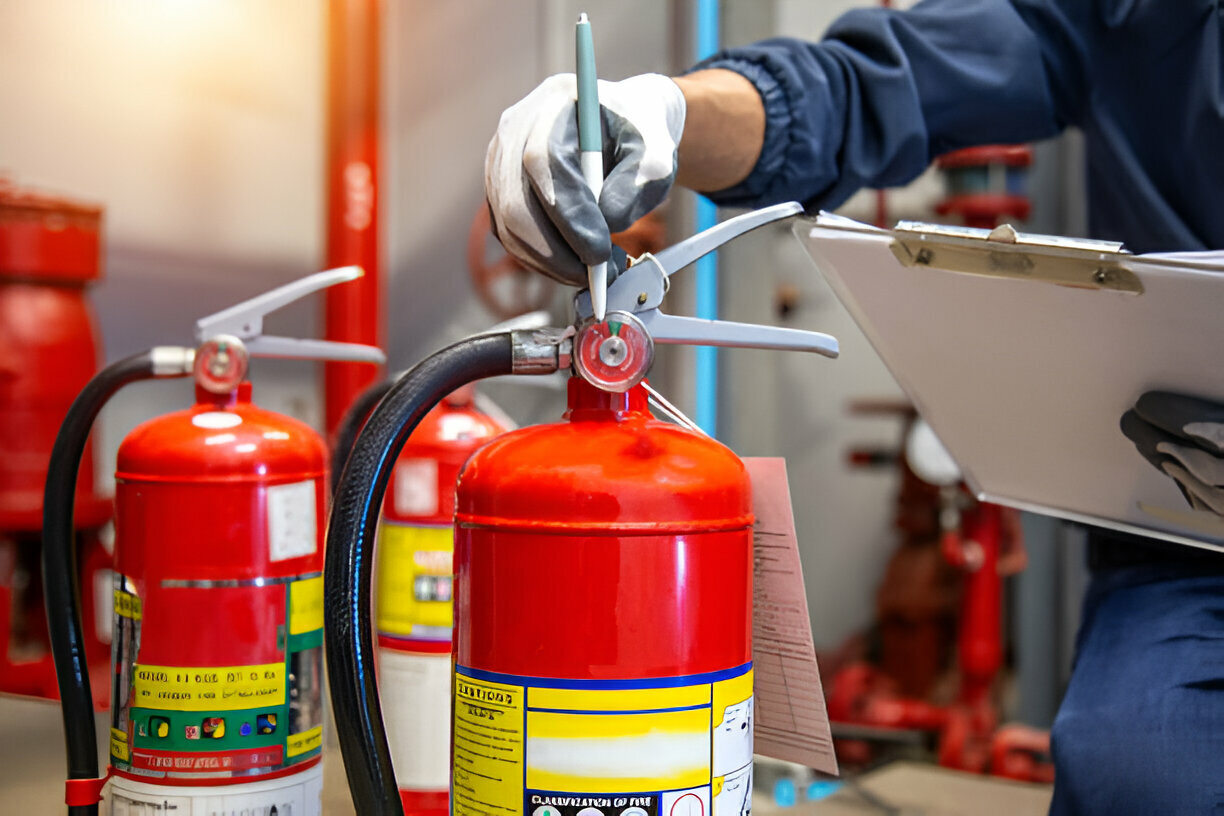
Key Features of a Fire Certificate
A fire certificate records critical safety measures across a property. Properly tested alarms, detectors, and emergency exits give confidence to occupants. Fire-resistant doors, emergency lighting, and extinguisher placement are documented to maintain compliance. Scheduled checks reduce equipment failure and support performance. Detailed guidance highlights areas requiring attention. Tenant confidence improves as documentation reflects professional responsibility. Emergency services respond more efficiently when accurate records are available. Data shows properties with certified fire systems experience fewer fire-related incidents. Regular inspections simplify audits and maintain compliance. Adhering to the UK fire certificate requirements ensures national safety standards are consistently upheld. Certified properties benefit from structured monitoring and long-term protection.
Which Properties Must Have a Fire Certificate
Know that several belongings kinds require certification Landlords, business assets owners, and managers of public buildings are all responsible for compliance A hearth certificate UK is crucial for criminal safety and occupant safety Residential homes and multi-occupancy houses need to comply, as do industrial places of work, retail areas, faculties, hospitals, lodges, and industrial units Each property kind contains unique dangers that have to be addressed for the duration of inspections Certification gives a based plan to correct vulnerabilities and save you emergencies It additionally supports insurance claims and demonstrates proactive management Having a legitimate certificates ensures tenants and visitors are blanketed Regular home safety visits maintain ongoing compliance and decrease the likelihood of not noted dangers Certification isn’t always optionally available; it’s miles an essential component of responsible property control.
How Often Should Fire Certificates Be Updated
Regular updates to a fire certificate maintain safety and compliance. Annual inspections or post-renovation checks reflect an accurate evaluation of alarms, extinguishers, and escape routes. Continuous attention to fire safety reassures tenants. Delays in updates increase risks and complicate legal adherence. Repeat inspections reveal trends and indicate maintenance needs. Proactive management allows minor issues to be addressed before emergencies occur. Consistent updates reduce hazards and maintain smooth audits. Adherence to a certificate UK requirement ensures national safety obligations are met. Updated certification reinforces confidence in both tenants and property owners.
What Are Common Fire Safety Mistakes by Property Owners
You must avoid errors that compromise fire protection and compliance Common errors include ignoring minor dangers, delaying habitual inspections, the use of old or broken equipment, neglecting emergency signage, and assuming compliance without documentation Such errors growth the likelihood of fire associated injuries and felony headaches A fire certificates allows belongings owners pick out and accurate these weaknesses earlier than emergencies arise Evidence suggests that proactive inspection and certification extensively lessen the chance of accidents Fire home safety detect danger and provide actionable steering Documentation ensures responsibility and helps coverage and felony compliance A proactive protection plan prevents pricey mistakes and protects each property and occupants.
What Advantages Come from a Valid Fire Certificate
You gain several benefits from holding a valid fire certificate It assures that the property is safe for occupants, confirms legal compliance, increases tenant confidence, enhances property value, and creates a clear plan for addressing potential hazards Studies show that certified properties experience roughly thirty percent fewer fire incidents than those without certification provides structured guidance for improvements and ensures compliance A fire home safety identifies risks before emergencies occur Maintaining certification strengthens insurance protection and shows proactive management Updated certificates demonstrate responsibility to tenants and visitors and improve trust in property safety.
How Does Fire Certification Affect Insurance Coverage
You should understand the connection between fire certificates and insurance Insurers require evidence of compliance to approve coverage certificate UK demonstrates that safety measures meet legal standards, reduces the risk of claim denial, supports negotiations, and shows proactive management Certification strengthens insurance credibility and confirms that preventative measures are in place Fire home safety provide documented proof of safety compliance which can be used for insurance claims or policy matters, up-to-date certificates are important ensures that property owners meet regulatory and insurance requirements.
Frequently Asked Questions
A fire certificate confirms that an asset meets important fire safety requirements. The document verifies that alarms, exits, and structural protections are characterized correctly. Certification additionally helps with legal compliance and gives a guarantee to tenants, site visitors, and regulatory authorities.
Regular inspection identifies faults before they expand into emergencies. Early detection reduces the threat, protects property, and ensures that each one’s fire protection structures continue to be practical. Inspection statistics also help coverage claims and reveal responsible property oversight.
A fire certificate UK aligns assets with national safety requirements. The certification process highlights weaknesses and recommends corrective measures. Compliance protects occupants and ensures that fire protection duties are met across residential, industrial, and public homes.
A fire home protection goes to provide a customized assessment of risks interior a dwelling space. Specialists stumble on hidden dangers, improve evacuation planning, and guide property owners toward more potent protection practices. The visit additionally helps lengthy-time period compliance and reduces ignored risks.
Responsibility rests with property proprietors, landlords, or unique managers. Consistent documentation and updated records hold legal compliance. Certification continues to be contemporary to ensure safety, meet regulatory standards, and beef up accept as true with among occupants and stakeholders.
Conclusion
A fire certificate provides comprehensive protection beyond compliance. Documented inspections and maintenance significantly reduce fire risk. Tenant confidence improves when visible safety measures demonstrate accountability. Certified systems prevent avoidable emergencies, protecting property and occupants. Scheduling fire home safety visits prevents minor issues from escalating. Fire certificates support audits, inspections, and regulatory compliance, enhancing legal protection. Community safety benefits as certified properties reduce the risk of fire. Meeting national standards becomes simpler when documentation is structured and updated. Responsible ownership is reinforced as consistent attention to fire safety demonstrates diligence. A certificate UK provides verifiable proof that properties comply with statutory safety requirements.



